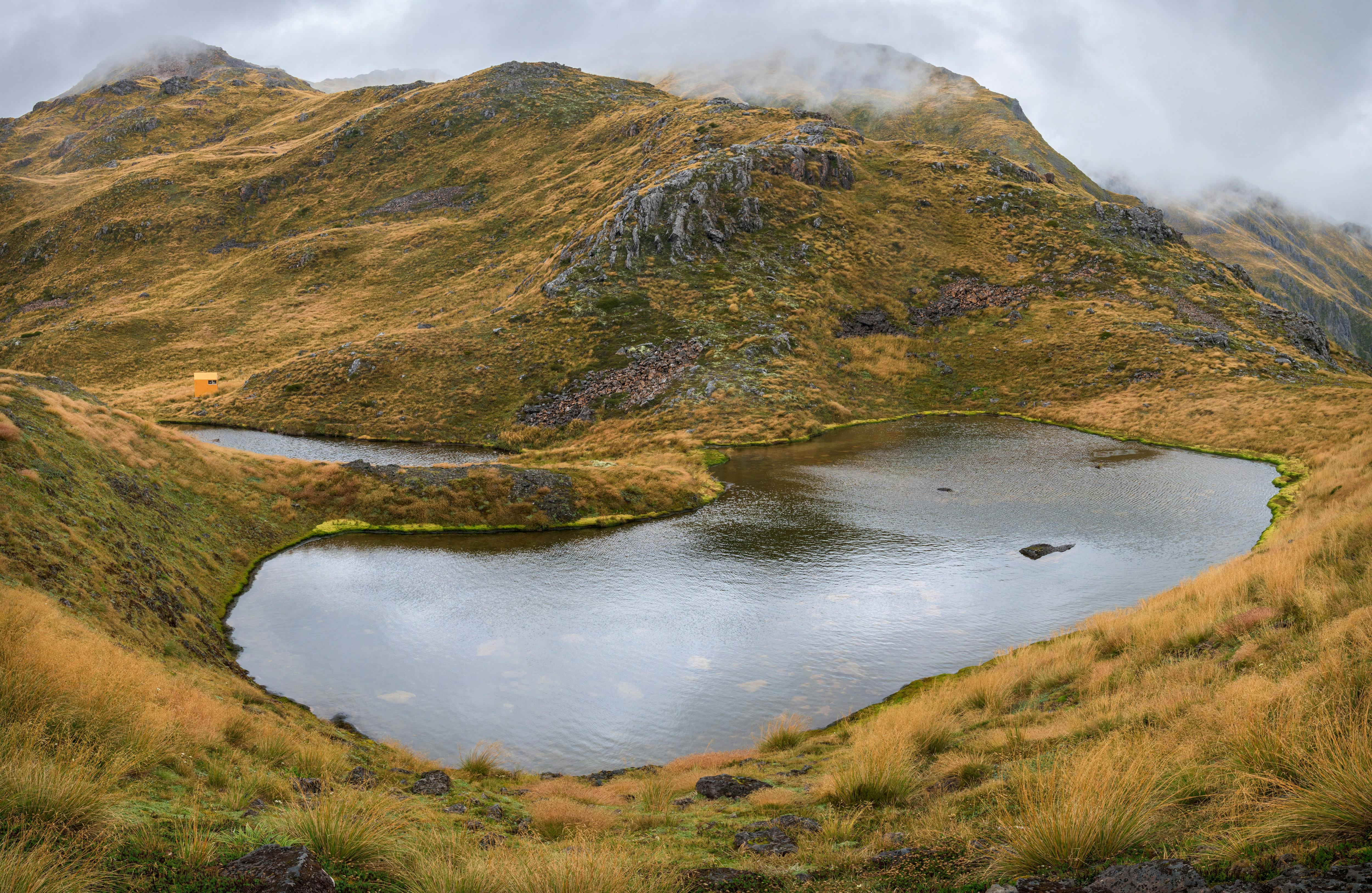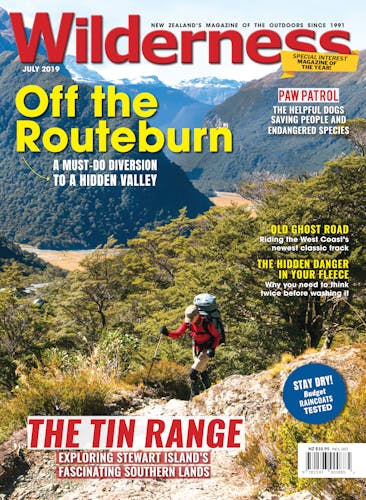Shaun Barnett uncovers five shelters best shared with a very good friend
What is shaped like a dog kennel, built on stilts and best occupied only with a good friend? Bivs, bivvies or bivouacs – whatever you like to call them – are miniature versions of huts, many of them constructed during the deer-culling era more than 50 years ago.
Some are so small that you can only just sit up in them and usually offer space for just two. Others, like Brass Monkey Bivouac, are slightly larger and can accommodate a standing tramper, even if the top bunk will only comfortably hold a hobbit.
They may be diminutive, cramped inside and sometimes a little damp, but there is no doubt that many of these tiny shelters occupy some of the best backcountry locations you’ll ever visit. And during adverse weather, they certainly provide shelter from the storm.
Here are five worth visiting.
1 Tarn Bivouac, Ruahine Forest Park
Tarn Biv lies in a partially sheltered hollow on a terrace of Black Ridge, a recognised route onto the Ruahine’s infamous Sawtooth Ridge. The dog-box style bivouac is most often reached from the Tukituki Valley via Rosvalls Track, and on a good day offers a fine vista of the Hawke’s Bay foothills.
2 Aokaparangi Hut, Tararua Forest Park
When DOC replaced the original Aokaparangi Biv in 2006, it made an excellent decision to re-site the new version on a sunnier location, and also to increase its size. With the addition of a boot-room, the hut offers a comfortable base for two people. Nearby is the summit of Aokaparangi, one of the significant summits of the Tararua Main Range.
3 Brass Monkey Bivouac, Lewis Pass National Reserve
The New Zealand Deerstalkers Association has been responsible for building many excellent huts and bivouacs throughout the country, and this is one of their finest-located shelters. Perched in a tussock basin near two sizeable tarns, Brass Monkey Biv has excellent views of the nearby peaks, notably The Grand Duchess and its impressive bluffs. It’s most often reached on the Lewis Pass Tops route, although trampers also approach it from the Nina Valley or Rough Creek.
4 Canyon Creek Bivouac, Canterbury
Nestled among the subalpine shrubs at the head of the Mathias Valley, Canyon Creek Bivouac has served admirably for many trampers tackling this remote part of the Canterbury backcountry. It takes its name from the nearby Canyon Creek, a thundery little watercourse that roars through a narrow fissure in the mountains beneath Treachery Ridge. Despite the unpromising contour lines presented on the map, in normal water flow a good route exists up the creek to Mathias Pass, one of the significant tramping routes over the Alps.
5 Frew Saddle Bivouac, West Coast
This smart blue biv occupies a tussocky saddle on the rewarding Toaroha-Frew Saddle tramp. Nestled beside a trickling stream, the biv overlooks the Whitcombe River catchment, one of New Zealand’s wettest. When the weather is fine, however, the bivouac offers excellent views over a great swathe of mountains. Most trampers take two days to reach it.








